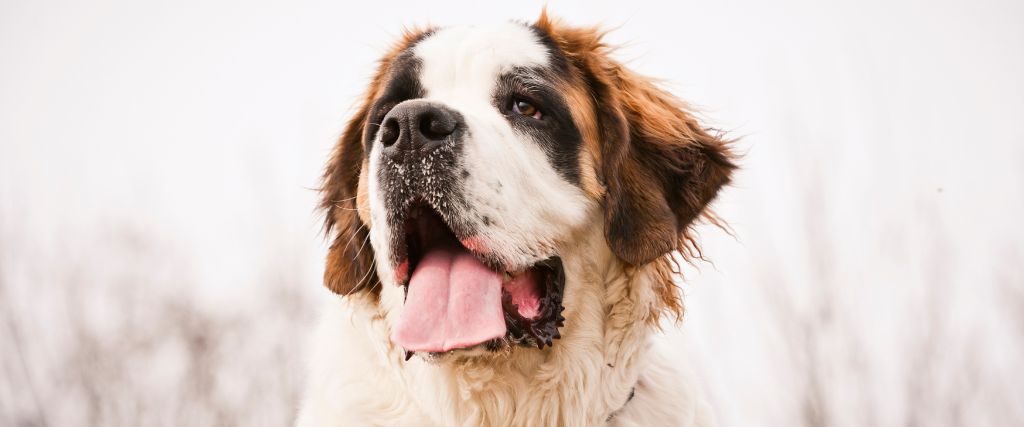Laparoscopic Surgery for Dogs and Cats: A Safer, Less Invasive Option
At Valley West Veterinary Hospital, we’re committed to providing the highest level of care and the latest advancements in veterinary medicine. One of the most exciting technologies we now offer is laparoscopic surgery — a minimally invasive technique that can make a big difference in your pet’s comfort, recovery, and overall surgical experience.
What is Laparoscopic Surgery?
Laparoscopic surgery uses a tiny camera (laparoscope) and specialized instruments inserted through small incisions. The camera projects a magnified view onto a monitor, giving our veterinary surgeons a highly detailed look at the surgical area. This allows us to perform precise procedures without the large incision required in traditional surgery.
Benefits of Laparoscopic Surgery for Pets
-
Smaller Incisions – Often just 5–10mm, compared to several inches with traditional methods.
-
Less Pain – Smaller incisions and less tissue trauma mean your pet will feel more comfortable after surgery.
-
Faster Recovery – Many pets resume normal activity in just a few days.
-
Lower Risk of Complications – Reduced bleeding and less post-operative swelling.
-
Improved Visualization – The magnified camera view allows for more precise surgical work.
Laparoscopic Spays
A spay (ovariohysterectomy or ovariectomy) is one of the most common surgeries we perform for dogs and cats, traditionally done through a large abdominal incision. With the laparoscopic approach:
-
We remove the ovaries through two or three tiny incisions.
-
Tissue handling is minimized, reducing inflammation and discomfort.
-
Studies show pets undergoing laparoscopic spays may experience up to 65% less post-operative pain compared to traditional spays.
This means your pet is back to her normal, happy self faster — and with less need for pain medication.
Laparoscopic Gastropexies
A gastropexy is a preventive surgery that attaches the stomach to the abdominal wall, helping to prevent gastric dilatation-volvulus (GDV) — also known as “bloat.”
Why it matters:
-
GDV is a life-threatening condition, most common in large, deep-chested dog breeds like Great Danes, German Shepherds, Standard Poodles, and Weimaraners.
-
When GDV occurs, the stomach twists on itself, trapping gas and cutting off blood supply. Without emergency surgery, it is fatal.
How laparoscopic gastropexy helps:
-
Done through small incisions, with minimal tissue disruption.
-
Often combined with a spay or neuter to minimize anesthesia exposure.
-
Shorter recovery time and reduced surgical discomfort.
Which Pets Can Benefit?
-
Dogs – Especially large breeds or active dogs needing spay/neuter or bloat prevention.
-
High-energy pets – Quicker recovery means less frustration during rest periods.
The Valley West Difference
Our experienced Surgical Team & Registered Veterinary Technicians are trained in the latest laparoscopic techniques, and we use state-of-the-art equipment to ensure the best outcomes. We carefully assess every patient to determine if laparoscopic surgery is the safest, most effective choice.
Laparoscopic Biopsies
Laparoscopic biopsy is a minimally invasive procedure that uses a small camera and instruments to collect tissue samples through tiny abdominal incisions. It allows precise sampling with faster recovery and less pain than open surgery.
____________________________________________________________________________________________
Ready to Learn More?
If your pet is due for a spay, or if you own a large-breed dog at risk for GDV, ask us about laparoscopic surgery. You’ll be giving your pet a safer procedure, smaller incisions, and a quicker return to their tail-wagging, purring self.
📞 Call Valley West Veterinary Hospital at 304-343-6783 to schedule a consultation today.

